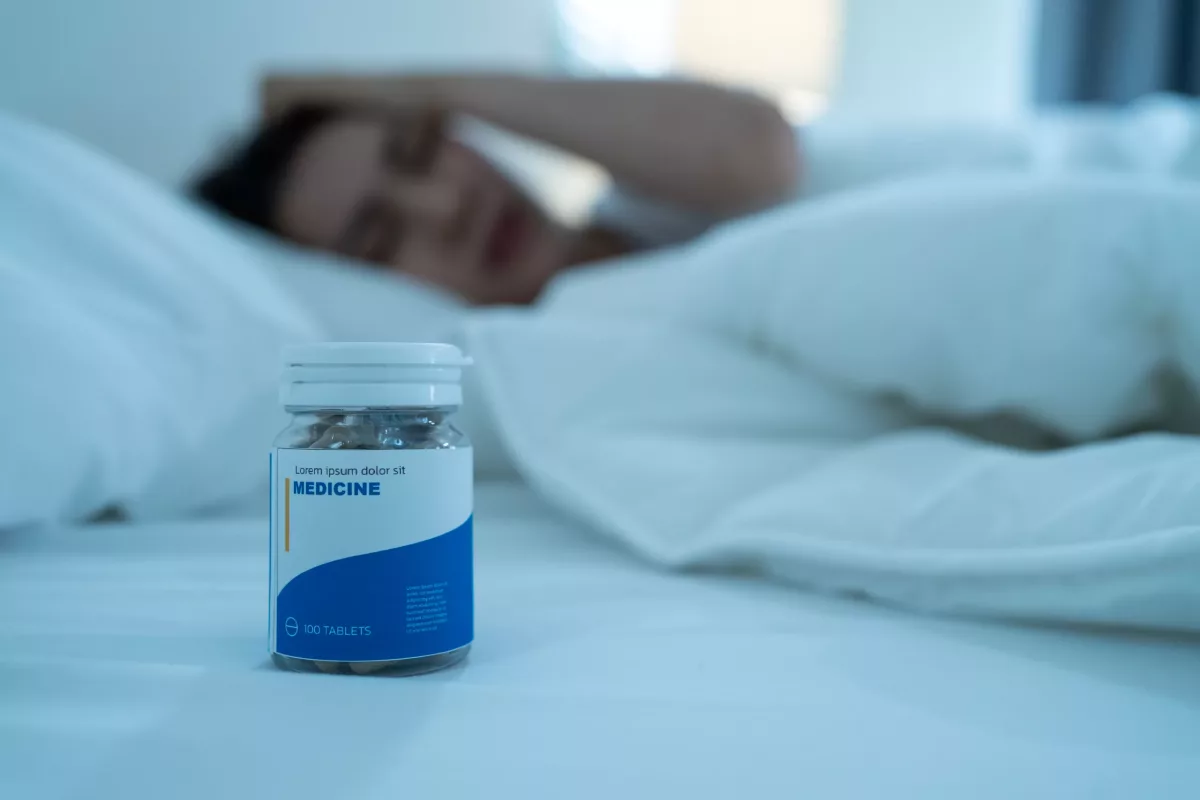Infrequent, delayed, or lack of orgasms is a condition called anorgasmia. It may also cause significantly less intense orgasms even after sexual arousal or adequate sexual stimulation. All females who have problems with orgasms and experience distress due to this problem are often diagnosed with anorgasmia.
Generally, the intensity and frequency of orgasms fluctuate among all women. Moreover, the orgasms can be different even from one time to another, and the amount of stimulation needed to have an orgasm also varies among females.
However, there are multiple factors that cause anorgasmia in women. For example, relationship problems, intimacy issues, cultural factors, physical or medical conditions, and certain medications. This condition is often treated with education about sexual stimulation, sexual enhancement devices, individual or couple therapy, and medications.
Usually, when doctors diagnose anorgasmia, it means a person is not able to have orgasms at all. However, it may also be used as a shorthand for female orgasmic disorders.
Symptoms
A peak feeling of intense pleasure during sexual activity is called an orgasm. It often occurs during vaginal penetration during sex that indirectly stimulates the clitoris. In some cases, it is not enough to have an orgasm. A lot of women need direct manual or oral stimulation of the clitoris to reach orgasm.
Female orgasmic disorder, or anorgasmia, often refers to orgasmic problems in women. Check below some symptoms of this disorder:
- Delayed orgasm
- Lack of orgasms
- Fewer orgasms
- Less-intense orgasms
However, anorgasmia can be lifelong (never had an orgasm), acquired (certain problems cause the inability to reach orgasm), situational (it occurs in certain situations only), or generalized (orgasmic problems in any situation).
Not every time a woman who cannot reach an orgasm finds it distressing. In such cases, a lack of orgasm is not considered a disorder.
If you have concerns about your sexual life, especially if you cannot reach orgasm, do not hesitate to see a doctor.
Causes
This condition often occurs due to multiple physical, emotional, sensory, and psychological problems. If you experience difficulties in any of the previous areas, it may lead to anorgasmia.
Psychological and Physical Factors
Mental health problems, past experiences, and other issues may cause anorgasmia. For example:
- Previous emotional or sexual abuse
- Lack of knowledge about sexual stimulation or interactions
- Poor body image
- Embarrassment or guilt about sex
- Religious or cultural beliefs about sex
- Stress caused by financial problems or the loss of a loved one
- Mental disorders (such as depression, anxiety, and others)
Relationship Factors
If you have relationship problems, they may also contribute to this disorder in females. For example:
- Unresolved conflicts or a lack of emotional intimacy
- Poor communication or sexual needs
- Intimate partner violence
- Sexual dysfunction of your partner (such as erectile dysfunction)
- Infidelity
Physical Causes
There are multiple physical problems and medicines that negatively affect the ability to reach an orgasm. For example:
- Diseases – Chronic health conditions such as diabetes, multiple sclerosis, or an overactive bladder.
- Gynecological treatments – Sometimes, gynecological surgeries (such as hysterectomy) or cancer surgery may cause damage to the tissue and affect the ability to reach an orgasm.
- Certain medications – These include prescription and over-the-counter (OTC) medications, such as antihypertensives, antipsychotics, antihistamines, and antidepressants (especially selective serotonin reuptake inhibitors or SSRIs).
- Smoking and alcohol – While alcohol may suppress the nervous system and affect the ability to reach an orgasm, smoking limits blood flow to the sexual organs, which may also cause problems with orgasms.
- Age-related changes – Women may experience some changes after menopause, which also affects their ability to get an orgasm. However, postmenopausal women may also experience other types of sexual dysfunction.
Sexual Disorders
Usually, females with anorgasmia experience at least one of the following disorders. For example:
- Sexual arousal problems
- No desire for sex
- Pain during sexual activity
- Vaginal or vulva dryness
- Vaginismus (involuntary tightening of the vagina)
Risk Factors
Check below some factors that could significantly increase the risk of anorgasmia:
- Low income or education level
- Poor health
- Mental disorders (such as major depression, bipolar disorder, and others)
- Medical history of trauma (such as sexual abuse)
Diagnosis
First, doctors will perform a physical and pelvic examination to check for abnormalities linked with the disease. Thereafter, they will ask some questions about the symptoms and medical history. These include:
- Your recent and past sexual experiences
- Types of sexual activity or stimulation you engage in
- Your partner or partners
Doctors may also want to talk with both you and your partner.
Treatment
The treatment is different among people with anorgasmia. It depends on the exact cause of the condition, existing health conditions, your age, and preferences. Usually, anorgasmia is treated with lifestyle changes and medicines. Physicians may recommend additional treatment if anorgasmia is caused by another health condition.
Lifestyle Changes and Therapy
- Education – Physicians may begin the treatment of anorgasmia with discussions of female sexual anatomy and how the female responds to stimulation.
- Directed masturbation – This treatment involves a program of instructions that may help you become more familiar with your body and explore self-directed sexual stimulation. If you learn how to reach an orgasm, you can apply this knowledge with your partner.
- Sensate focus – This therapy involves specific therapies for couples that help them learn how to communicate and direct each other to reach orgasm.
- Sexual position changes – Sometimes, doctors may recommend to change sexual positions because it may help increase stimulation of the clitoris during vaginal sex.
- Sexual enhancement devices – This treatment involves specific devices used to stimulate the clitoris. It helps improve blood flow to the clitoris.
- Cognitive behavioral therapy – This therapy is used to treat mental health problems. However, it may be used to address some problems linked with anorgasmia.
Medical Treatment Options
While there are some medicines used to treat anorgasmia, there is not enough evidence to support their use. Generally, doctors prescribe hormone replacement therapies. For example:
- Estrogen therapy – This treatment is often recommended for postmenopausal women. However, it can be used to treat anorgasmia by applying low-dose Estrogen therapy to the vagina. These include creams or suppositories. This option may help improve blood flow to the genitals and improve lubrication of the vagina. However, you should not use Estrogen therapy for long periods because it significantly increases the risk of cardiovascular disease and breast cancer.
- Testosterone therapy – This treatment is also recommended for postmenopausal women with low Testosterone levels that often occur during menopause. This therapy may also improve arousal and orgasms. Discuss with your doctor before using Testosterone therapy because it may cause some unpleasant adverse reactions. For example, acne, excessive body hair, and others.
Frequently Asked Questions
What is Coughlan’s syndrome?
This is another name for anorgasmia, which is a condition that causes the inability to reach an orgasm. However, there are multiple treatments for this condition. For example, therapies, medications, and lifestyle changes. Do not take any medicines or therapies without a doctor’s approval because it may lead to unpleasant outcomes.
Why am I not feeling pleasure when ejaculating?
If you do not feel pleasure when ejaculating, it may indicate nerve damage or other psychological problems. If it occurs, do not hesitate to see a doctor.
How do you treat loss of ejaculatory sensation?
Check below some treatments often recommended by doctors:
- Psychotherapy (also called talk therapy) or counseling may help address relationship problems, mental health conditions, and sexual trauma
- Self-stimulation techniques
- Treating underlying conditions
- Medicines
If you have additional questions, ask your healthcare provider.




